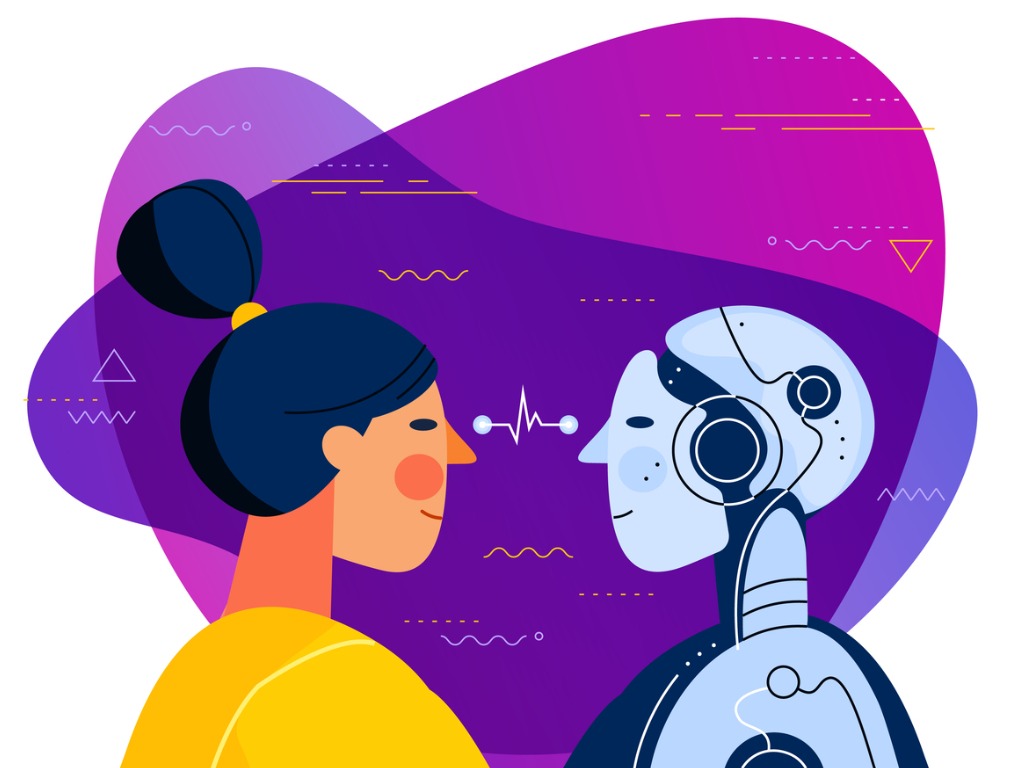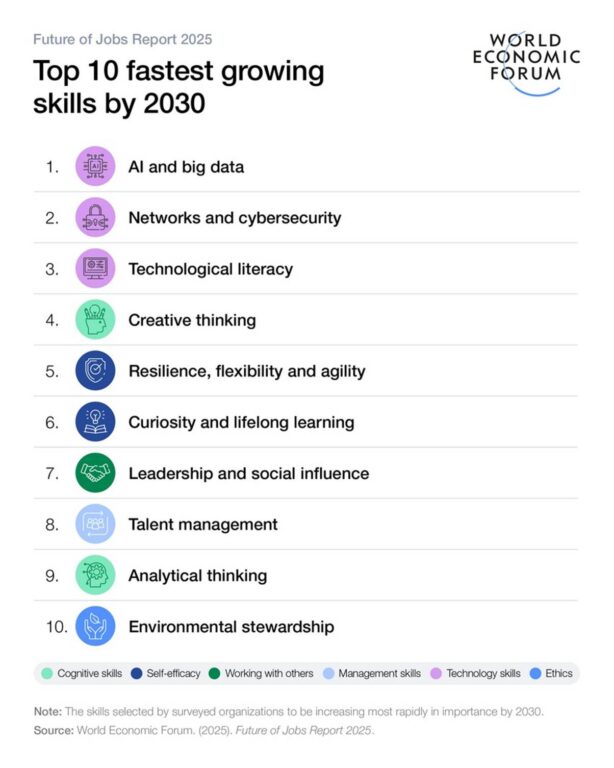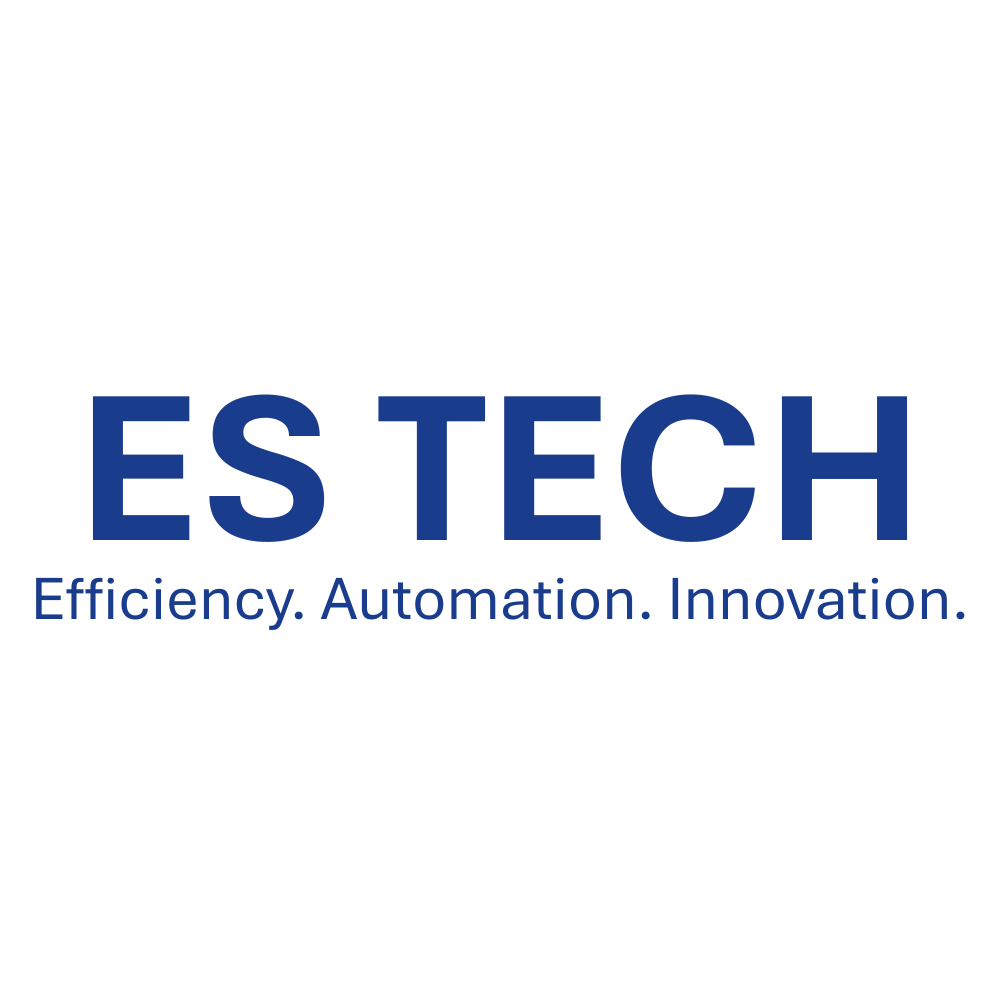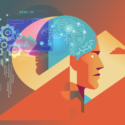
Ebony Belhumeur, Founder and CEO of DappleAI, explains why hard and soft skill fluency is essential in the age of AI
A few years ago, I watched a team showcase a sleek new project management tool. It seemed to have everything: project tracking dashboards, customizable workflows, and even color-coded progress bars that were practically begging to be filled. It appeared as though the scattered priorities and missed deadlines burned on the team’s calendars had been resolved. However, within weeks, the platform was shoved into a corner and neglected. Tags remained unused, workflows crumbled, and it became clear that the true issue was not the tool itself but rather everything else surrounding it.
That experience stayed with me. As someone who’s worked for years in executive support roles and now leads a tech company of my own, I’ve come to see that we often assume technology is the antidote to the human-centric problems we face. The “solutions” we reach for, the software, only serve to patch what’s messy in systems: unclear expectations, poor communication, a lack of shared purpose.
No tool, no matter how well-designed, can compensate for the absence of trust, empathy, or emotional buy-in.
In today’s digital workplace, technological literacy is more important than ever. Platforms shift, AI capabilities expand, and new systems are constantly being introduced. More often than not, it’s Executive Assistants and support professionals who lead the way in navigating these transitions. But deploying technology effectively requires more than technical know-how. It requires emotional intelligence, systems awareness, and the ability to see beyond the interface.
Technological Literacy Matters Now More Than Ever
The World Economic Forum’s Future of Jobs Report 2025 lists technological literacy as one of the top 10 skills for the future, and it’s easy to see why. We’re living in a time of rapid transformation. New platforms, AI tools, and apps seem to pop up overnight, constantly reshaping not just how we work, but what “work” even looks like. From smart scheduling assistants to AI agents and no-code automations, the modern workplace has become a living system, always evolving, always interconnected.

For support professionals, this isn’t a distant future; it’s our everyday reality. We’re often the first ones learning the new tools, setting them up, testing the limits, and figuring out how they actually help our teams. We’re the ones turning business needs into workflows, permissions, and integrations, and making the abstract actionable. In many areas, we are the bridge between high-level strategy and hands-on execution.
That’s what technological literacy really means in 2025. It’s not just about knowing how a tool works; it’s about understanding when to use it, why it matters, and how it fits into a larger system of people, priorities, and progress. It’s the skill of thinking critically about different technologies to understand how they fit into a broader system of people, processes, and goals.
The Limits of a Tools-First Mindset
There’s a subtle but powerful shift that happens when we start to see technology as the solution to every problem. A project is falling behind? Add a task management platform. Communication is lagging? Implement a chat tool. Something’s unclear? Build a dashboard. The impulse isn’t all wrong – many tools do help. But too often, we treat the tool itself as the fix, without addressing the root cause it’s meant to solve.
This is the trap of the tools-first mindset. It assumes that if the system is elegant enough, the humans will simply fall into place. That with the right template or automation, we can bypass the messiness of uncertainty, or interpersonal misalignment. But anyone who’s ever led a rollout knows it doesn’t work that way.
You can introduce a brilliant new platform and still face silent resistance, inconsistent adoption, or outright abandonment. You can automate a process, only to realize it amplifies a deeper confusion about roles or responsibilities. Even the most well-crafted tool cannot, on its own, align incentives, build trust, or clarify expectations. Those are human problems, and they require human-centered thinking to address.
At its worst, the tools-first approach becomes a kind of organizational avoidance strategy: automating around dysfunction instead of facing it. Without emotional intelligence, even the smartest systems can end up solving the wrong problem.
Emotional Intelligence and Complexity Thinking Are Essential
If technological literacy helps us learn the tool, emotional intelligence helps us understand the world the tool is entering. It’s what lets us pick up on unspoken cues, anticipate friction, and treat resistance not as failure but as useful feedback. And in today’s complex work environments, that kind of feedback is gold.
Modern workplaces are living systems. Teams are shaped by more than org charts: they carry history, culture, incentives, personalities, and past experiences. Change something in one corner of the system and something else will shift in response, often in ways we don’t expect.
That’s where complexity thinking comes in.
A lot of modern tech is built on a simple idea: break the problem into parts, solve it efficiently, scale it up. But human systems don’t really work that way. Complexity science offers a different blueprint, one that recognizes the interdependence, unpredictability, and self-organizing nature of human systems. It teaches us to expect unintended consequences and to value feedback loops over top-down control.
These are not just technical principles; they are emotional ones too. Emotional intelligence becomes a tool for navigating complexity: for listening when the map no longer fits the terrain. It’s what allows us to sit with ambiguity, engage across difference, and respond with care instead of just control.
For support professionals, this means looking beyond whether a tool works to ask how it will land. It means asking: How will this change be felt? What’s the emotional temperature of this team? Where could the ripple effects show up?
Emotional intelligence isn’t a soft add-on to technical skills. Emotional intelligence is how we effectively navigate complexity in the real world. It’s what keeps a brilliant tool from becoming an elegant failure.
Case Study: What I’ve Learned Building a Tech Company
When I transitioned from executive support to founding a technology company, I brought with me not just operational know-how, but a deep understanding of how people navigate complexity. That perspective is now shaping how we’re building DappleAi, an adaptive interface layer designed to help people use AI like a pro, without being one.
From the beginning, we resisted the urge to build fast and fix later. Instead, we asked deeper, infrastructure-level questions:
- What would an interface that actually reduces cognitive load in complex tasks look like?
- What kinds of prompts, scaffolds, and modular tools unlock creativity instead of suppressing it?
- And perhaps most importantly: How does someone feel when they’re working with a machine that’s meant to help them think?
We made several emotionally intelligent, complexity-conscious decisions that shaped the product:
- We prioritize structured creativity over open-ended chaos. That means designing workflows that guide without constraining.
- We build adaptive surfaces, not static prompts. Because different users, tasks, and goals require different levels of support, and the interface should know the difference.
- We treat onboarding as contextual orientation, not just feature exposure. Because in systems this powerful, activation energy is everything.
These decisions optimize for clarity, confidence, and long-term trust.
What we’ve learned and what continues to shape how we work is that building with emotional intelligence means seeing people not as “users,” but as participants in a living system. It requires the courage to ask not just “What will they do?” but “How will they feel, and why?”
That’s a question worth asking in any organization, whether you’re building a platform or implementing a new productivity tool. Because emotional nuance is what makes innovation human.
Blended Fluency = Future-Ready
As AI systems evolve, automation scales, and new tools continue to emerge almost daily, it’s easy to feel that keeping up with technology is the most urgent task. And yes, technical fluency matters. Understanding how systems work, and how to work within them, is essential. But in a world increasingly shaped by code and interfaces, the most valuable skill may be the one that helps us decode the people behind the screens.
We don’t need to choose between technological literacy and emotional intelligence. The future belongs to those who can combine both.
Emotional intelligence allows you to ask the questions others miss:
- Will this tool simplify or confuse?
- Does it reinforce clarity or create new silos?
- Who might feel overwhelmed, excluded, or unseen?
That perspective is essential, especially now, as we enter a moment when nearly every organizational challenge has a technical solution attached to it. As support professionals, this is a competitive advantage as well as a strategic imperative. Because in the end, tools don’t drive transformation – people do.










